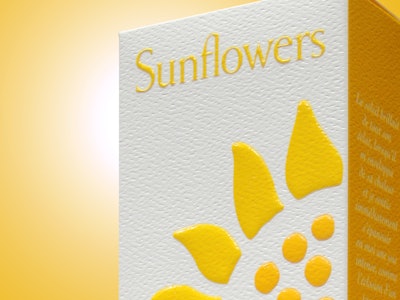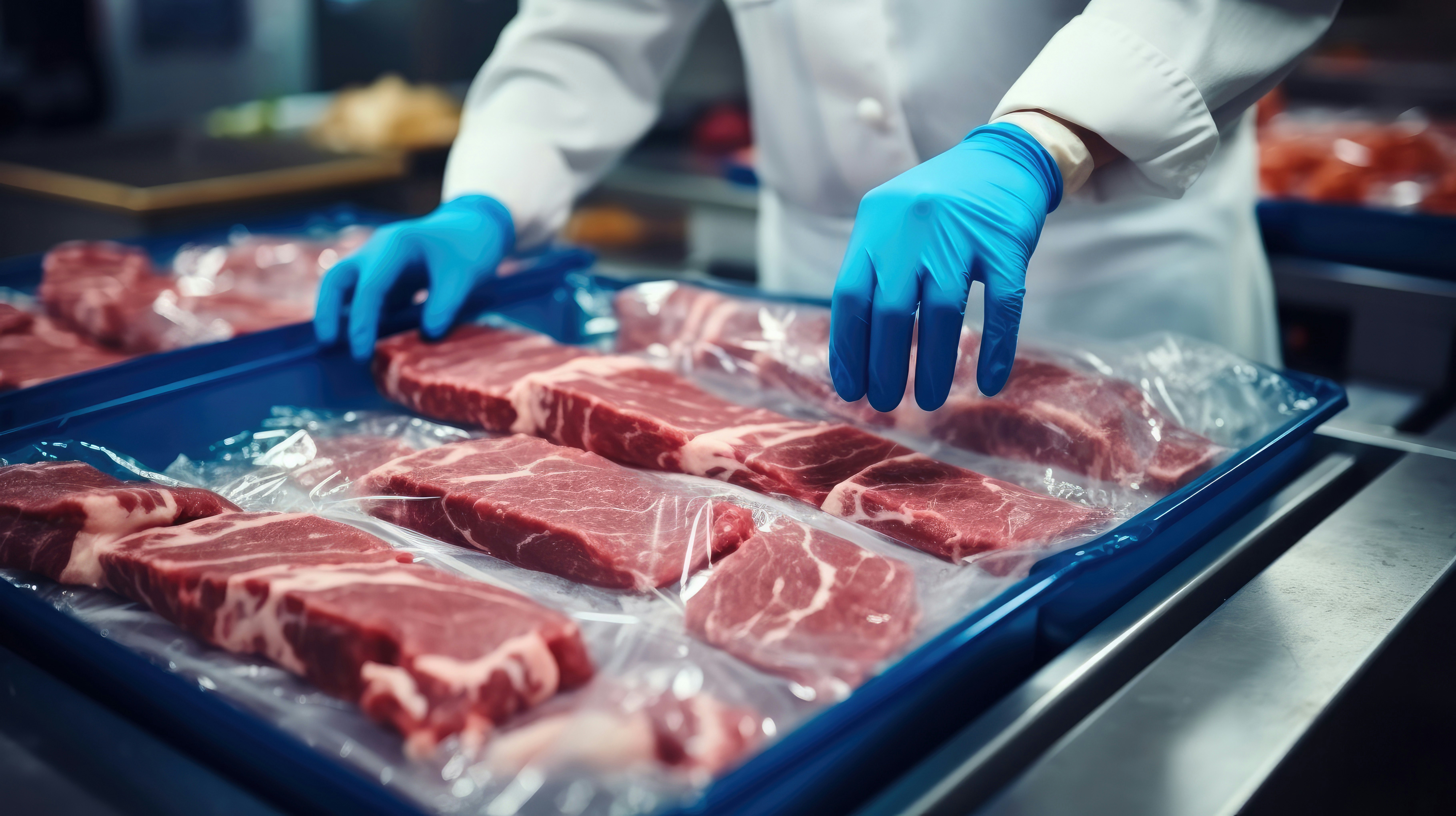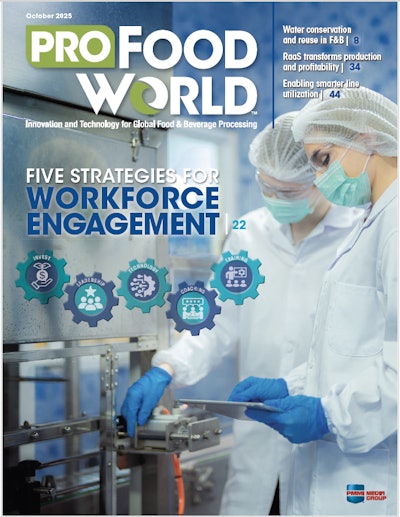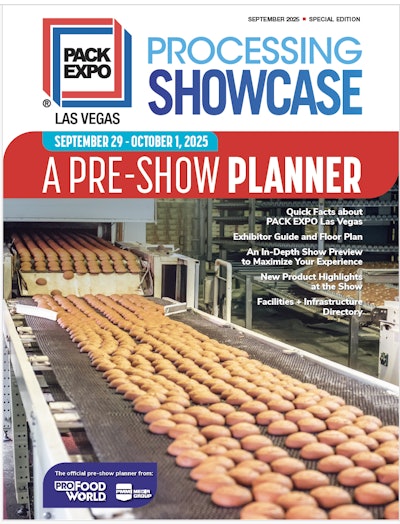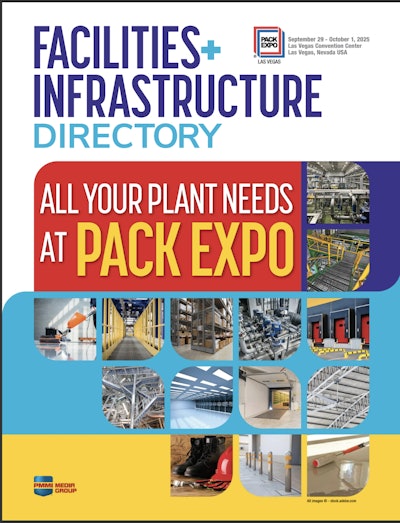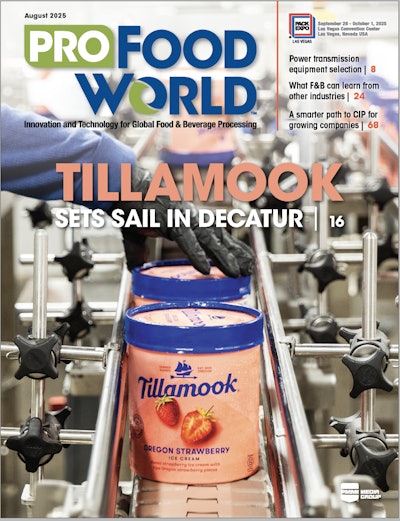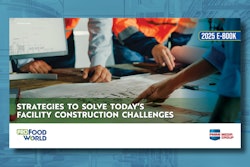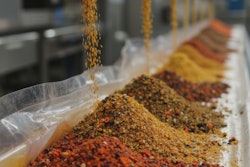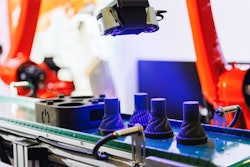They don’t have to be straight-edged and square. However, the more intricate the design, the higher the cost and the more challenging to automate loading. Here we examine the forces and best practices that result in successful retail carton innovations.
1. Be aware of category-specific conventions. The conventions of some categories are fairly entrenched. You have to either pay homage to those conventions or break from them in a meaningful way. In personal care, material and graphic space are important, but resist the urge for extra flaps. For super-premium categories, consider using multiple printing methods. The base graphics can be water-based, but you can use UV printing, varnishes, and matte coatings to achieve high-quality perceptions. Conversely, simpler is often better, as two-color printing on a white base also achieves premium appeal. And a more sustainable material may be base brown, but a matte finish can still indicate high-end with low printing costs.
2. Learn consumer expectations. It’s important to meet the minimum consumer expectations in a category. If possible, though, exceed those expectations in one aspect of the package. Delighting consumers at home is one way to garner loyalty and induce repeat purchases. Some ideas include making the packaging more functional, enhancing the user experience with add-ons, improving ease of storage, or designing packages that can live on with a secondary use.
3. Play the field. The supplier-competitive field has changed due to the consolidation of paperboard manufacturers and the standardization of some common practices. Bigger suppliers do not necessarily translate into more options, so look deeper for innovation. Big companies will tend to push their strengths and efficiencies, and they might not be as multifaceted or versatile as you think.
4. Design in savings. Get the most performance out of paperboard by investing in structural design. Custom-fitting a carton to a product can reduce the amount of material while maintaining the same stacking strength. The compression performance of cartons and cases can also be important where the carton or case is required to provide some or all of the top-load strength (if the product itself is limited in how much load it can carry). Designers should also be aware of line-speed considerations and possible retail-ready requirements, if applicable.
5. Seeing is believing. Look into adding windows on cartons whenever possible. Both skeptical and non-skeptical consumers like to be reassured in their purchase decisions. Being able to see the product is so important to entice sales in many categories. Even if the outside graphics are outstanding, concealing the product in a box can be detrimental to the brand, especially if the competition is visible. That being said, some packages effectively achieve shoppers’ interest by depicting the product as it is packaged inside, how it will be assembled, or “in use” in real-world situations. In addition, displaying the product through an open window may require additional packaging to hold the product in place or extra printing or finishing on the inside of the box, which will add cost.
6. Avoid common pitfalls. Don’t choose a converter without knowing what you want to achieve. Don’t let boutique design firms waste time proposing complicated designs or flashy effects that can’t be reliably or cost-effectively produced. Be aware of what custom tooling might be needed for new designs. Know your budgetary options in metallized substrates, holographic board, foil-stamping, or other effects. Consult with the retailer on their stated specs and their flexibility, and document sources, processes, safety practices, and test runs. Double-check all measurements, and make sure you’re not mixing up inside diameters and outside diameters, or heights, widths, and depths.
7. Perform extensive testing. Use approved board, and don’t make hasty decisions. Look into independent crush-strength or durability testing by external labs, ASTM or ISTA certifiers, or university programs. Beware of management pushing through a decision before proper testing. Guard against print-tone deviations by getting approved processes and samples—and document the results. Monitor suppliers regularly to verify what they are supplying. A slight process change can affect the performance or appearance of a package. Look closely at the traceability of the paperboard source materials. Is it certified by a third party? Have you looked at all the components that go into the board? Get the documentation that backs up the product claims.
8. Turn “small i” innovations into broader strategies. Innovations in paperboard and cartons often spring from direct conversations with customers. What extra functions do they want the carton to perform? Don’t be hesitant to dress up the appeal of a carton with added features, finishing processes, windowing, etc. to grab attention. And fifth panels, fold-out flaps, and extended-content labels can still bring novelty and fun into some categories.
9. Consider bending chipboard for sustainability. SBS and clay-coated boards run the cleanest in machines and offer a smooth, adhesive print surface. But if graphics are not critical, look into “bending chipboard.” Just be aware of the trade-offs. The bending chipboard fibers can be a little dusty for carton loading equipment, and color consistency is not high-end.
10. Assembly and loading. The design of your folding carton may depend on loading method. If hand-loading, use an auto-lock bottom for most efficient lines. Auto-lock bottoms are not ideal for automated loading, because the boxes don’t always open precisely or sit exactly square in machines. If the project has high volumes, a third choice might make sense: Reduce equipment cost by adding glue within an automated assembly line. Also consider operator ergonomics on the production and filling lines by consulting the line operators directly.
Liked this article? Download the entire playbook here.
